There’s no question that XR glasses are increasingly gaining momentum, and it’s easy to see why. Glasses like the RayNeo Air 3s make it easy to take a massive screen anywhere, and the use of Micro-OLED tech means you get great visuals on the go. I tested the Air 3s when they debuted earlier this year, and having used all previous RayNeo models, I found the Air 3s to be more comfortable, and delivering better image quality.
With the Air 3s Pro, RayNeo isn’t really making many changes — which is a good thing. The glasses have the same design and build quality, so they’re just as comfortable to wear, and have the same range of adjustability. At 76g, they’re not heavy at all, and you don’t notice any issues even after using the glasses for a few hours. The Air 3s Pro are now available for $299 on Amazon, which is just $30 more than the regular model.

(Image credit: Apoorva Bhardwaj / Android Central)
If you’re interested in XR glasses and want to see how they hold up, I highly recommend getting the Air 3s Pro over the standard model. There’s a good reason for this: brightness. The standard Air 3s is decent at 650 nits, and while RayNeo is using a similar image engine on the Air 3s Pro, it somehow boosted the brightness up to 1200 nits, and it makes a huge difference.
You may like

(Image credit: Apoorva Bhardwaj / Android Central)
In fact, the Air 3s Pro are the brightest XR glasses available today, and there’s a tangible difference over other brands, including devices like the Rokid Max 2. RayNeo says it’s using a brand-new HueView 2.0 Micro-OLED engine this time around, allowing it to deliver much better brightness.
Image 1 of 5
 (Image credit: Apoorva Bhardwaj / Android Central)
(Image credit: Apoorva Bhardwaj / Android Central)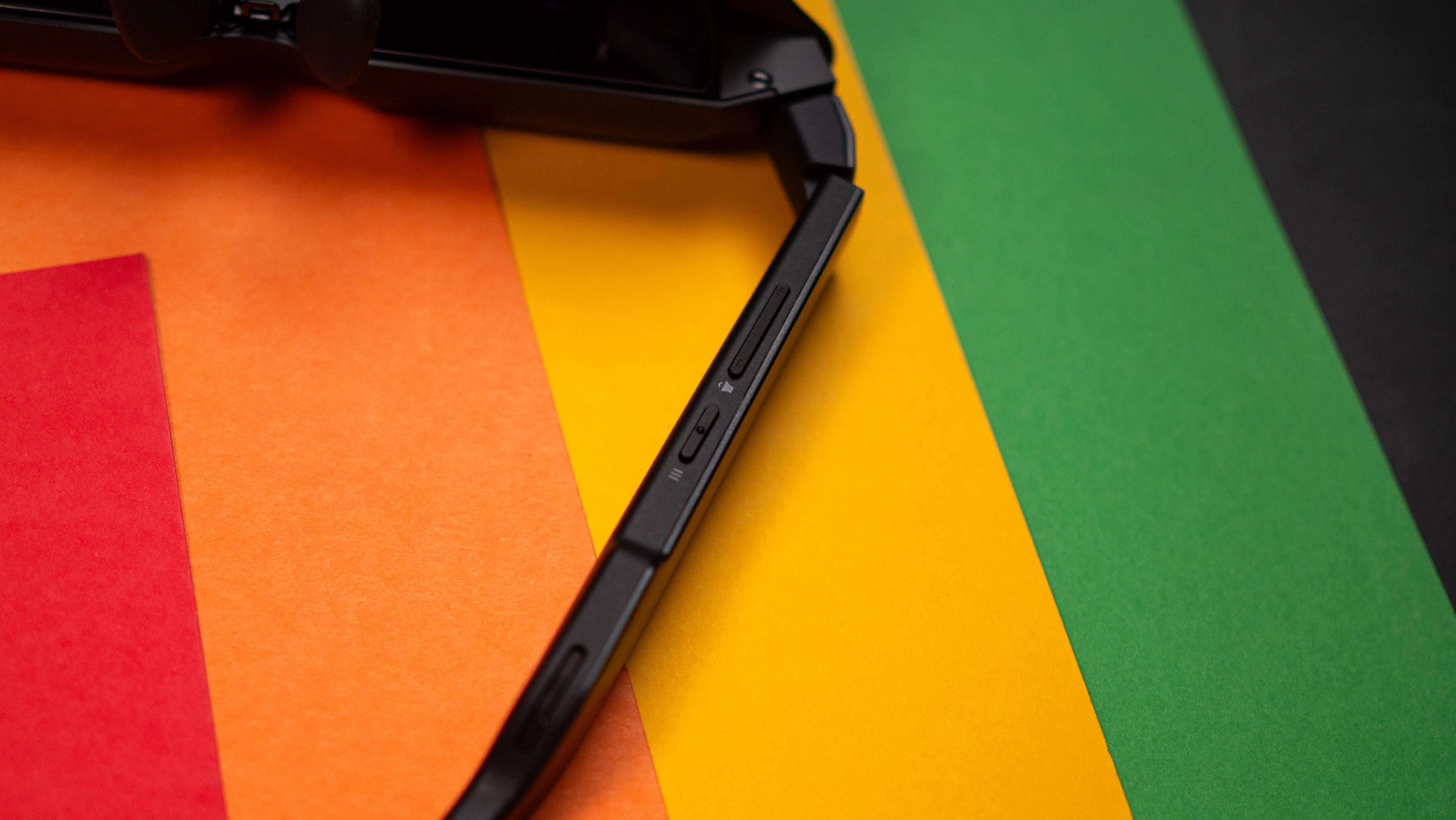 (Image credit: Apoorva Bhardwaj / Android Central)
(Image credit: Apoorva Bhardwaj / Android Central)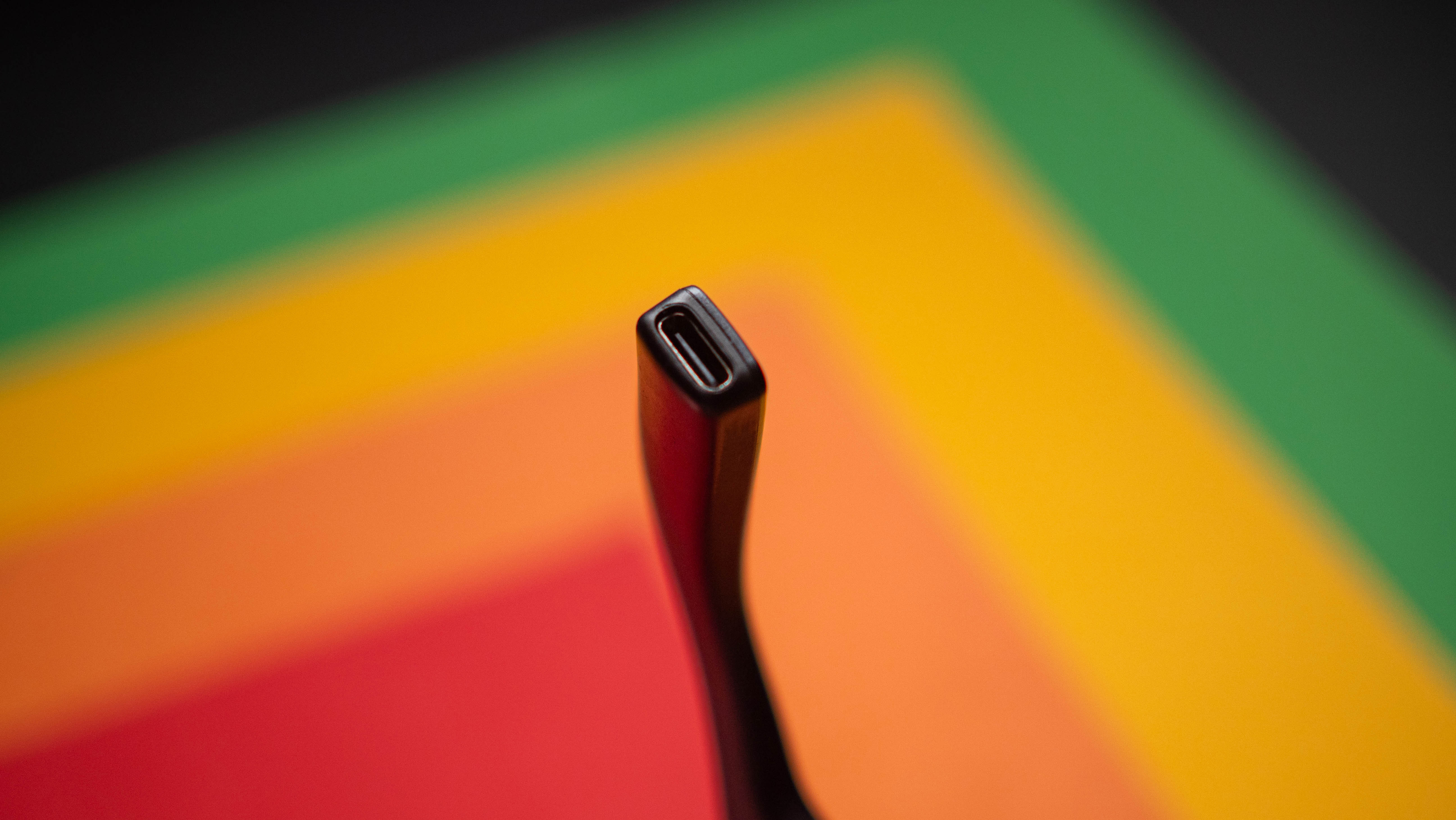 (Image credit: Apoorva Bhardwaj / Android Central)
(Image credit: Apoorva Bhardwaj / Android Central) (Image credit: Apoorva Bhardwaj / Android Central)
(Image credit: Apoorva Bhardwaj / Android Central) (Image credit: Apoorva Bhardwaj / Android Central)
(Image credit: Apoorva Bhardwaj / Android Central)
Thankfully, the rest of the features are intact; you still get 3,840Hz PWM dimming, and the glasses aren’t fatiguing in the least. Standard refresh is 60Hz, but you can switch over to 120Hz, and there are six different color modes available, giving you decent customizability when it comes to tweaking the color balance to your tastes.
To test the difference against the Air 3s, I used the Steam Deck with the glasses for an hour, and then switched over to the Air 3s Pro. There’s an immediate difference when using the Air 3s Pro, and it’s evident that these glasses get much brighter. While I tend to crank up the brightness to 80% while using the Air 3s, I found it adequate to leave it at 50% with the Air 3s Pro.
Image 1 of 5
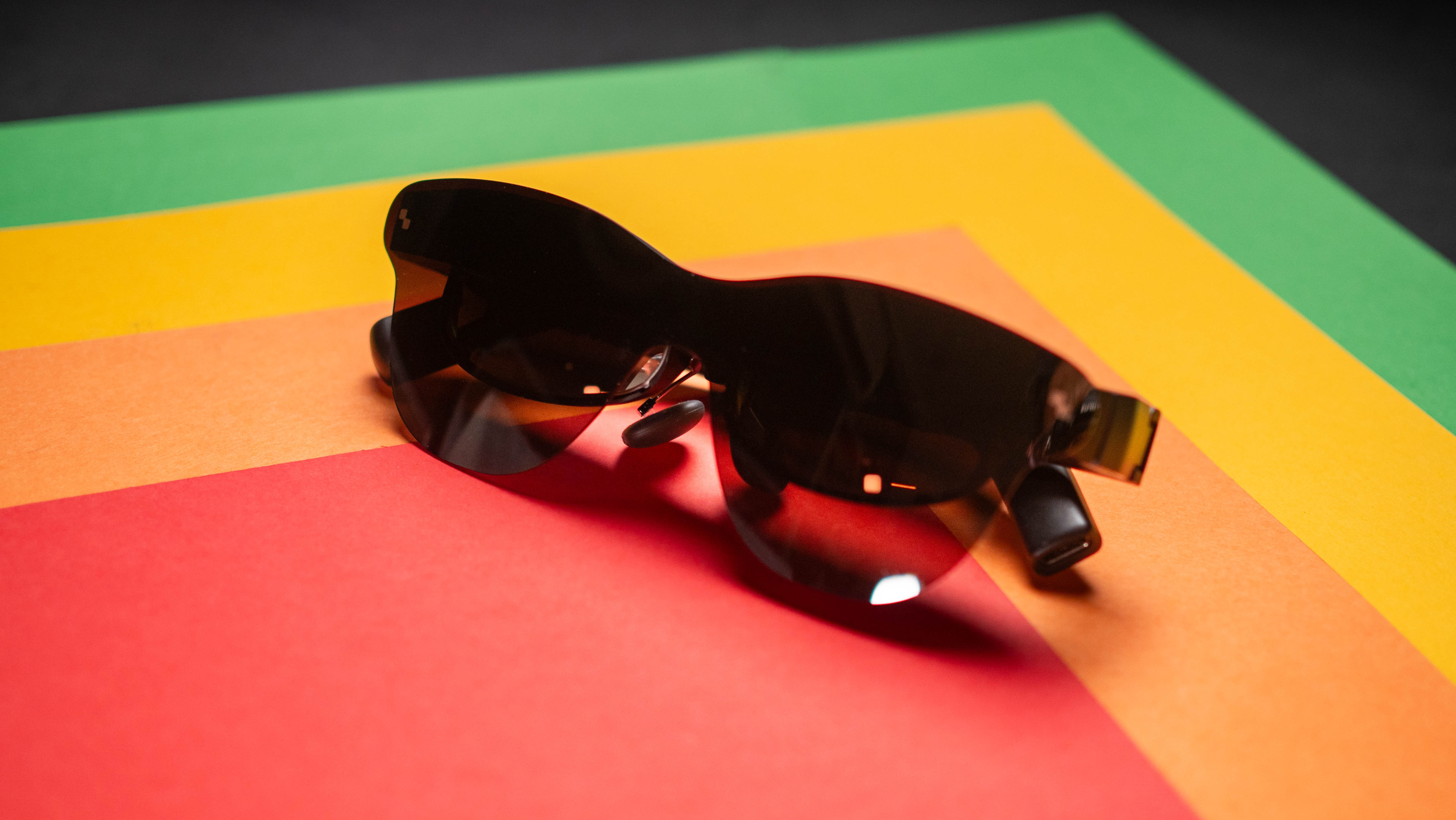 (Image credit: Apoorva Bhardwaj / Android Central)
(Image credit: Apoorva Bhardwaj / Android Central)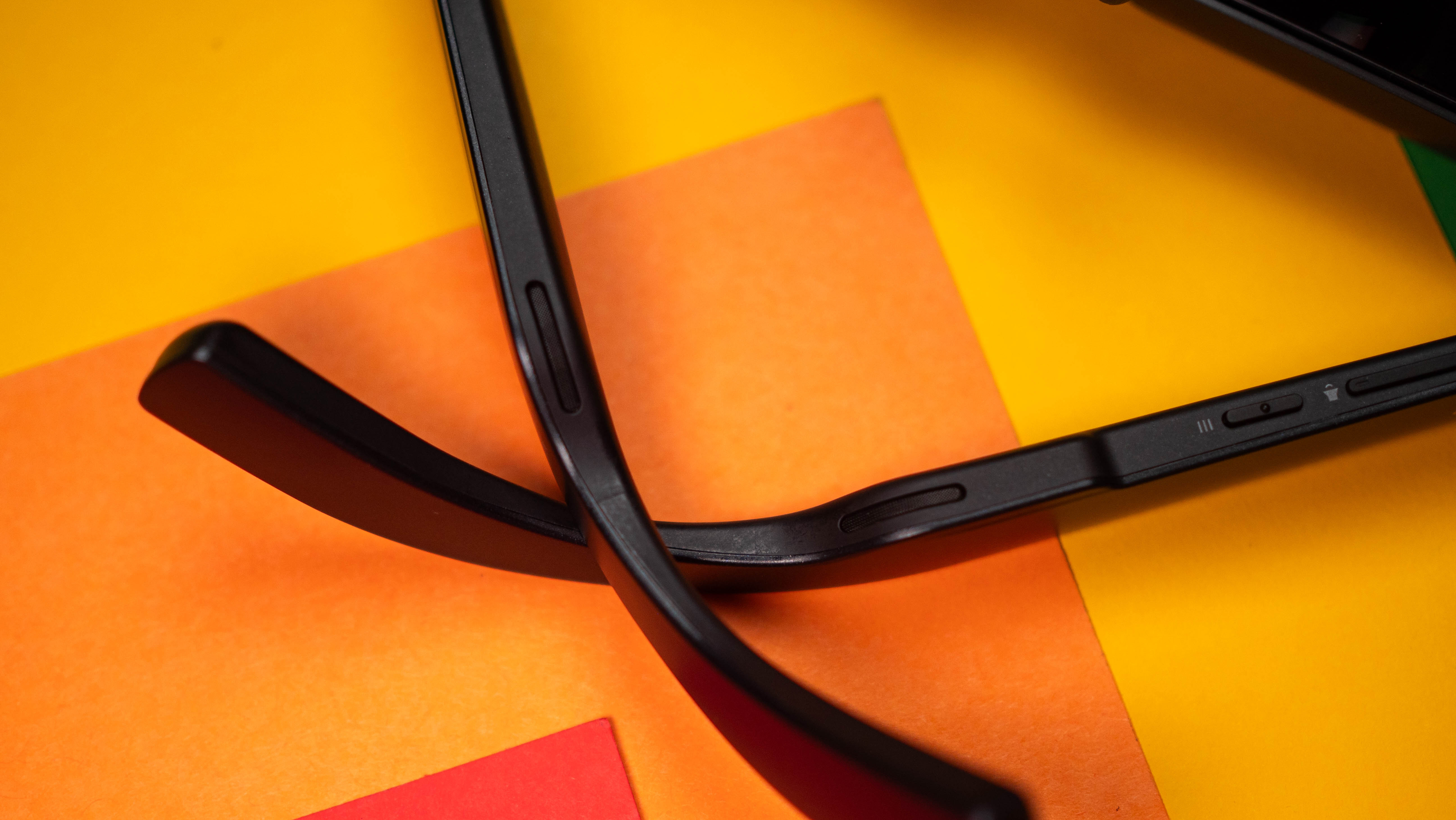 (Image credit: Apoorva Bhardwaj / Android Central)
(Image credit: Apoorva Bhardwaj / Android Central) (Image credit: Apoorva Bhardwaj / Android Central)
(Image credit: Apoorva Bhardwaj / Android Central)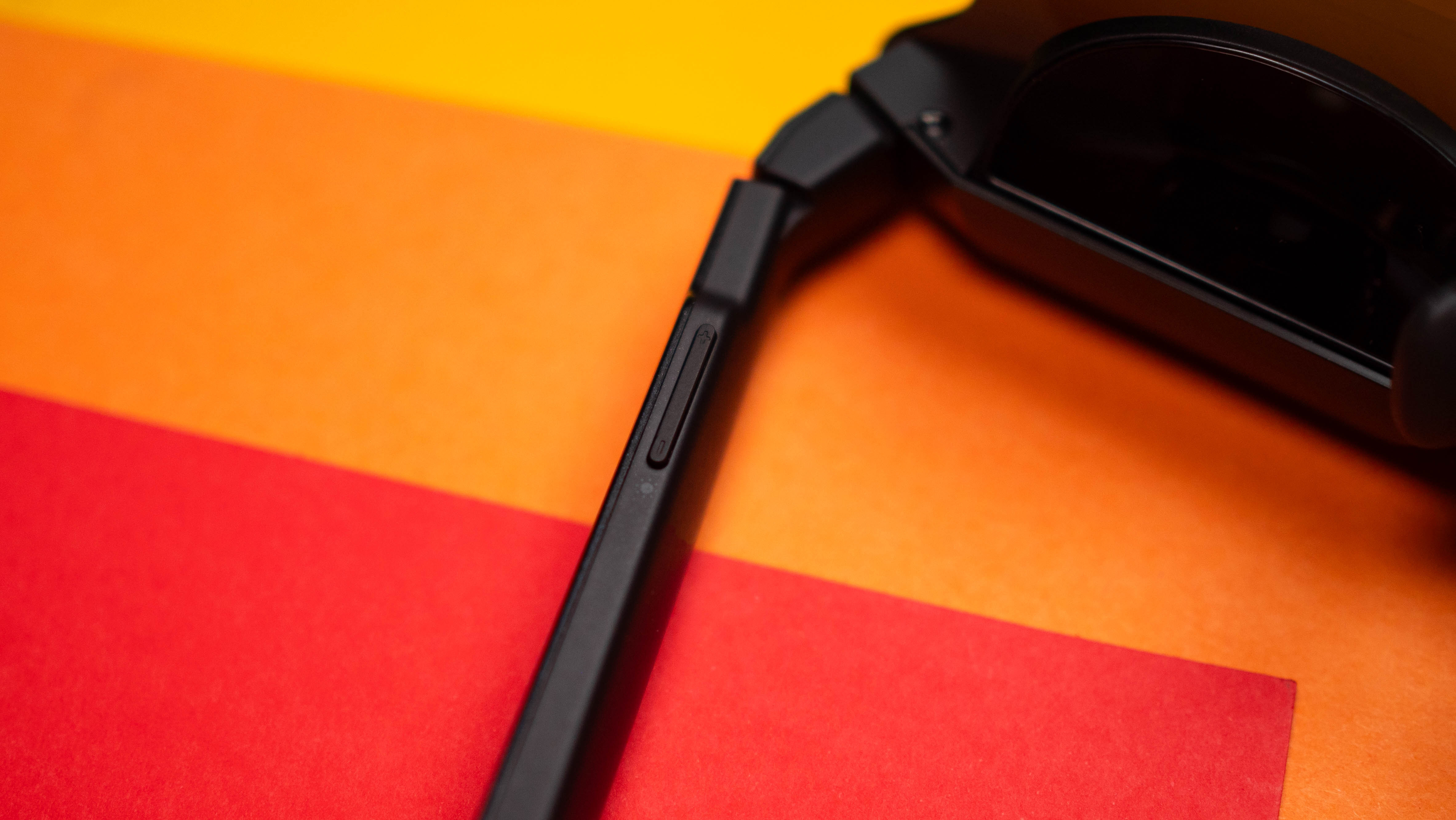 (Image credit: Apoorva Bhardwaj / Android Central)
(Image credit: Apoorva Bhardwaj / Android Central) (Image credit: Apoorva Bhardwaj / Android Central)
(Image credit: Apoorva Bhardwaj / Android Central)
What makes a bigger difference is that the increased brightness doesn’t allow much light bleed, making the Air 3s Pro a much better choice when using outdoors. You still don’t get a photochromatic outer lens, so there’s inevitably some light bleed if you use the glasses in an environment with plenty of ambient light, but it isn’t anywhere as big an issue as with the Air 3s or earlier models.
That in itself is a big enough change that I now just use the Air 3s Pro over any other glasses while gaming. On that note, connecting to devices is just as effortless via USB-C, and I didn’t see any issues pairing the XR glasses to my Find X9 Pro and iPhone 17 Pro. Because of the weight distribution, there really isn’t any strain while wearing these glasses, and the 76g weight is distributed evenly.

(Image credit: Apoorva Bhardwaj / Android Central)
Other features are identical to the regular model; you get detailed onboard sound thanks to the dedicated quartet of audio drivers. There’s even virtualized spatial audio this time around, giving you a better sense of dimensionality. The glasses project a 201-inch image at a distance of six meters, and you get excellent contrast levels in addition to great color vibrancy.
RayNeo changed the packaging, and instead of the usual hard shell case, you get a fabric one instead. While it still does a decent job protecting the XR glasses, I would have liked a hard shell case, as the one that came with the Air 3s has better durability — particularly if you’re throwing these glasses in a bag. Other than the case, you get a USB-C angled cable, and this is what I used to connect the glasses to various phones and handheld consoles.

(Image credit: Apoorva Bhardwaj / Android Central)
Like previous iterations, the glasses are made out of plastic, and there are absolutely no issues with build quality. I used these glasses for just over three months now, and they’re still pristine.
With the Air 3s Pro, RayNeo is delivering nothing short of the best XR glasses available today. The glasses are comfortable to wear, have great color vibrancy and unmatched brightness levels, good onboard sound, and hassle-free connectivity. If you want to extend the screen of your handheld console or need a way to consume entertainment on the go, the Air 3s Pro are now my go-to recommendation.

With nearly double the brightness of the standard model, the Air 3s Pro are the brightest XR glasses you can get today.
